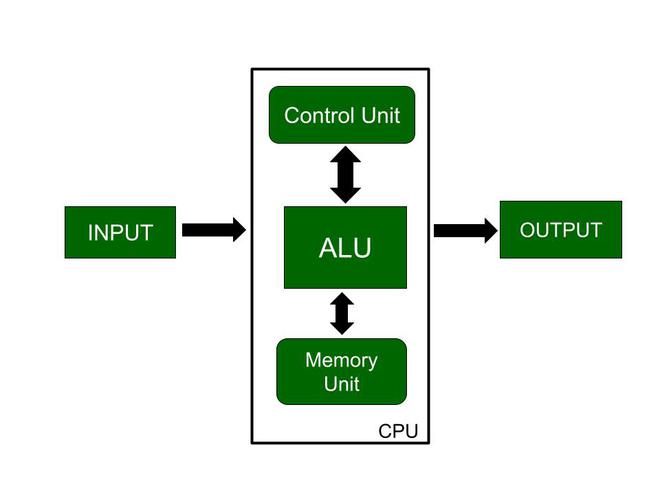The Internet Fundamentals is a global network that connects millions of private, public, academic, business, and government networks. It is a vast infrastructure that enables communication, information sharing, and access to resources worldwide. Understanding the fundamentals of the Internet is crucial in today’s digital age, where online activities shape our daily lives, businesses, and communication methods. This article explores the essential components, technologies, and concepts that underpin the Internet
What is the Internet?
The Internet is a decentralized network of interconnected computers and devices that communicate with each other using standardized protocols. It allows users to access information, services, and applications from anywhere in the world, provided they have a connection. The Internet facilitates various activities, including browsing websites, sending emails, streaming media, and participating in social media.
Key Components of the Internet
Several key components work together to create the Internet:
1. Network Infrastructure
- Routers: Devices that direct data packets between networks, ensuring efficient data transmission. They determine the best path for data to travel.
- Switches: Devices that connect multiple devices within a local area network (LAN) and forward data to specific devices based on their MAC addresses.
- Servers: Powerful computers that provide resources, services, or data to other computers (clients) on the network. Examples include web servers, email servers, and file servers.
2. Protocols
Protocols are standardized rules and conventions that govern data communication on the Internet. Some key protocols include:
- TCP/IP (Transmission Control Protocol/Internet Protocol): The foundational protocol suite for the Internet, enabling reliable communication and data transmission across different networks.
- HTTP/HTTPS (Hypertext Transfer Protocol/Secure): Protocols used for transferring web pages. HTTPS ensures secure communication by encrypting data.
- FTP (File Transfer Protocol): A standard protocol for transferring files between computers on a network.
3. Domain Name System (DNS)
- Description: DNS is a hierarchical system that translates human-readable domain names (e.g., www.example.com) into IP addresses (e.g., 192.0.2.1) that computers use to identify each other on the network.
- Functionality: When a user enters a URL in a web browser, the DNS server resolves the domain name to its corresponding IP address, allowing the browser to connect to the correct server.
4. IP Addressing
- Description: Every device connected to the Internet is assigned a unique IP address, which serves as its identifier on the network.
- Types:
- IPv4: The most widely used version, consisting of 32-bit addresses (e.g., 192.0.2.1). It allows for about 4.3 billion unique addresses.
- IPv6: The newer version, using 128-bit addresses (e.g., 2001:0db8:85a3:0000:0000:8a2e:0370:7334), designed to address the limitations of IPv4 by allowing an exponentially larger number of unique addresses.
Internet Services
The Internet provides a wide range of services that enhance communication and access to information:
1. World Wide Web (WWW)
- Description: The Web is a system of interlinked hypertext documents accessed via the Internet using web browsers.
- Functionality: Users can navigate from one web page to another using hyperlinks, allowing for easy access to information.
2. Email
- Description: Email is a method of exchanging digital messages over the Internet, allowing users to send and receive messages, documents, and other files.
- Protocols: Common email protocols include SMTP (Simple Mail Transfer Protocol) for sending emails and POP3 (Post Office Protocol) or IMAP (Internet Message Access Protocol) for receiving emails.
3. File Sharing
- Description: The Internet enables users to share files and documents through various services, including cloud storage and peer-to-peer file sharing.
4. Streaming Services
- Description: Streaming services allow users to access and consume audio and video content in real time over the Internet, including platforms like Netflix, YouTube, and Spotify.
5. Social Media
- Description: Social media platforms provide online spaces for users to connect, share content, and engage with each other, facilitating communication and networking.
Internet Security
As the Internet has grown, so have concerns about security. Key aspects of Internet security include:
1. Encryption
- Description: Encryption is the process of converting data into a coded format to prevent unauthorized access. Secure protocols like HTTPS use encryption to protect data transmitted between users and web servers.
2. Firewalls
- Description: Firewalls are security systems that monitor and control incoming and outgoing network traffic based on predetermined security rules. They help protect networks from unauthorized access and cyber threats.
3. Antivirus Software
- Description: Antivirus software detects and removes malicious software (malware) from devices, protecting users from security threats while browsing the Internet.
4. Phishing and Scams
- Description: Users must be vigilant against phishing attacks and online scams, which attempt to trick individuals into revealing personal information or financial data.

Here’s a comprehensive article on Internet Fundamentals
The Internet is a vast and complex network that has transformed the way we communicate, access information, and conduct business. Understanding its fundamental components, services, and security measures is essential for navigating the digital landscape effectively. As technology continues to evolve, the Internet will remain a critical infrastructure that connects people and facilitates the sharing of knowledge and resources worldwide.

1 thought on “Here’s a comprehensive article on Internet Fundamentals”